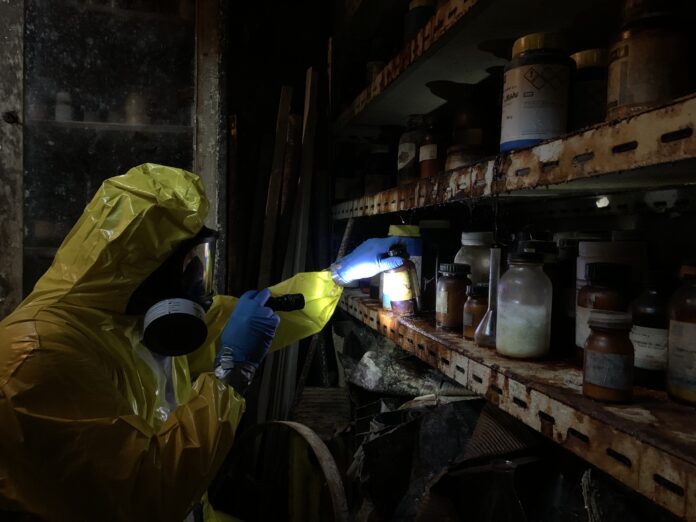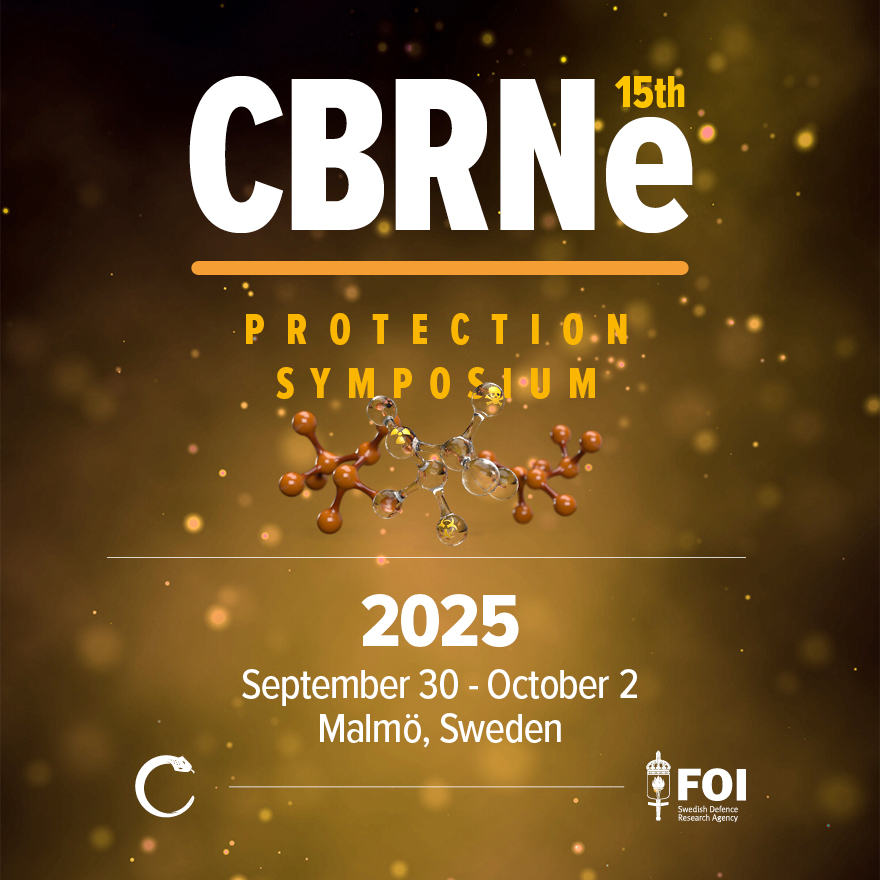By CBNW Magazine
CBNW Magazine presents a team profile of Slovakia’s only investigative body for CBRN and environmental crime.
The Slovak Police’s Department for Detection of Hazardous Substances and Environmental Crime is solely dedicated to investigating and gathering intelligence on criminal activities involving hazardous CBRN materials and environmental crime. One of their key responsibilities is performing specialized tasks during criminal investigations at sites where CBRN materials have been present, or contamination has occurred.
The Department consists of 201 specialized police officers, including investigators, intelligence officers, and senior officer specialists. They are a part of the National Headquarters of Specific Crimes that unites specialized police departments under one umbrella. This organization is itself a part of the Slovak Presidium of the Police Force, all of which fall under the country’s Ministry of Interior.
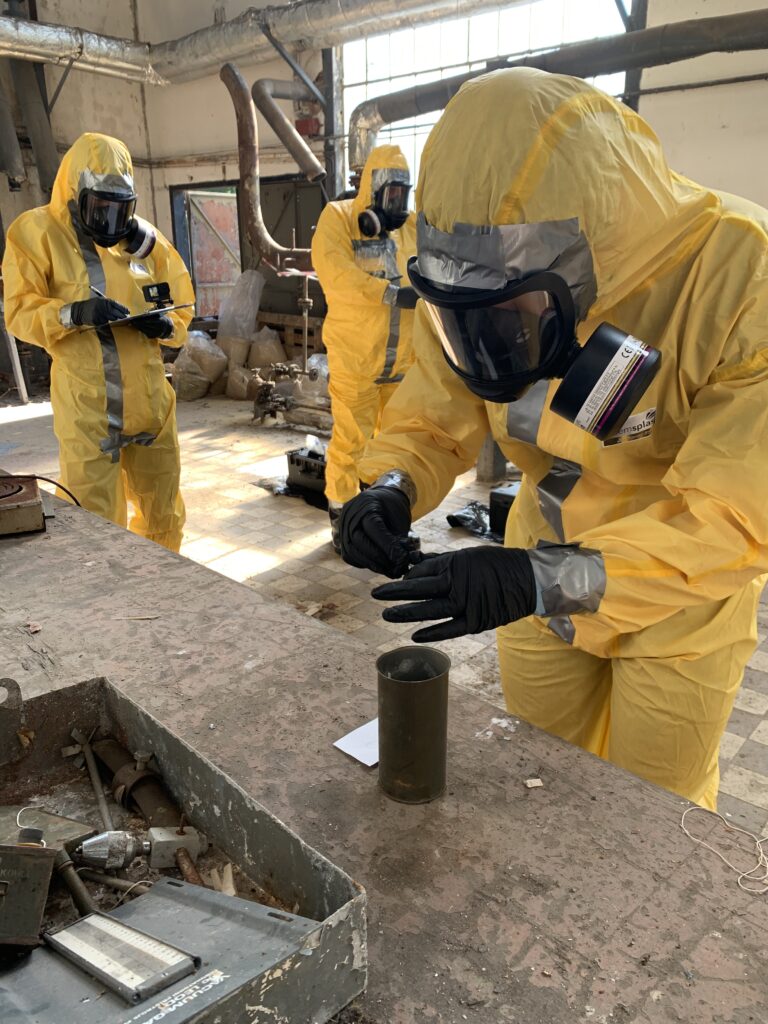
The Department for Detection of Hazardous Substances and Environmental Crime has a headquarters in the capital, Bratislava, and seven regional offices throughout the Slovak Republic. These offices carry out intelligence activities and case investigations 24/7.
The department’s headquarters consists of three specialized units responsible for different tasks. These include providing technical and methodological support to regional offices, conducting training and prevention activities within the Police Force and relevant national agencies, and overseeing international cooperation based on treaties, conventions, projects, and Slovakia’s membership in transnational organizations.
Furthermore, the department also implements national and international security projects aimed at responding to CBRN threats, enhancing their capabilities in detection, identification, and sampling, and interagency and international cooperation.
History of the Department
The department’s history dates back to 2002 when a single specialized police officer was assigned to the Presidium of the Police Force, and gradually formed groups of specialized police officers. Initially, their role was to provide expert methodological support to regional and district police in investigating CBRN and environmental crime.
By 2019, the department had grown and functioned primarily as a methodological, supervisory, and support unit with about 18 officers dedicated to assisting and training regional police. At that time each regional police directorate had a small criminal intelligence unit supported by investigators, while district directorates had intelligence officers and investigators with partial specialization.
In February 2022, the department was formally established in its current form as the sole investigative body for CBRN and environmental crime in the Slovak Republic.
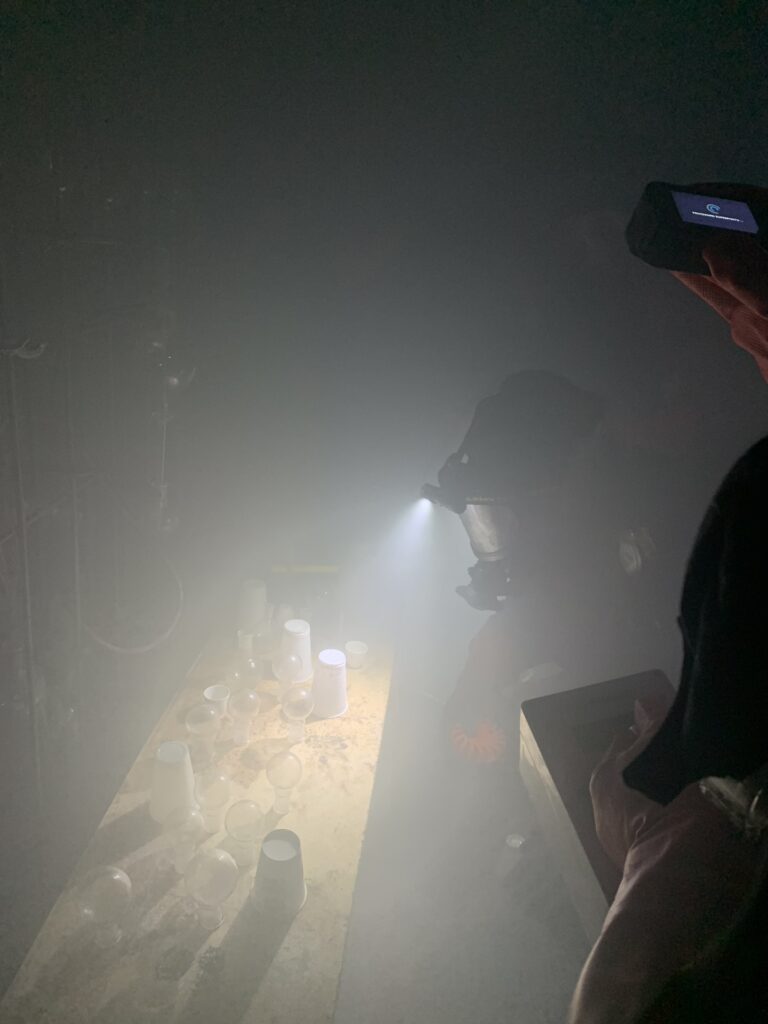
Response Missions
The department has been involved in various cases related to the illegal handling of CBRN materials, either through direct investigations or by providing expert and technical support to other police units. These cases have included smuggling, illicit trade, and unlawful use with the intent to harm individuals. However, the most frequent incidents that they deal with involve the illegal storage of CBRN materials, often resulting in financial damages to the state amounting to millions of euros.
One of the key challenges in these cases is the complexity of detecting and safely handling hazardous substances while ensuring proper evidence collection for legal proceedings and eventual prosecution. Additionally, cooperation with international agencies and national authorities is crucial due to the cross-border nature of many of these crimes.
The department responds to these incidents with a coordinated approach, leveraging advanced detection technologies and interagency collaboration to ensure compliance with legal procedures in criminal prosecution, identification, and conviction of the perpetrators.
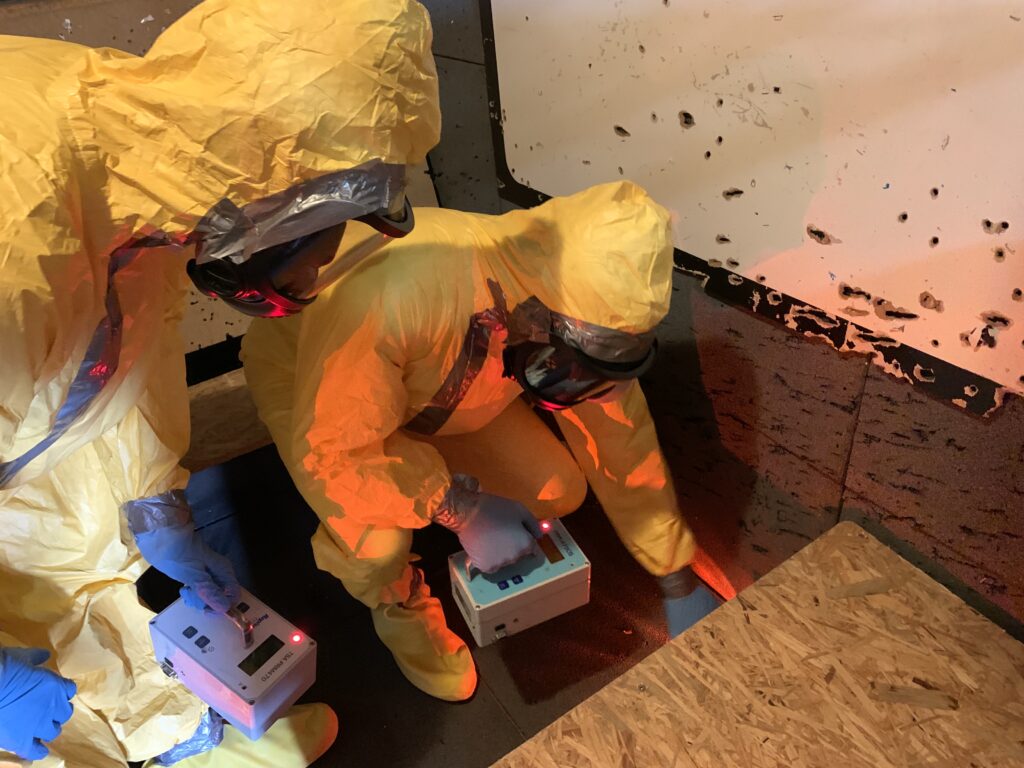
Operational Challenges
The department encounters several operational challenges that impact efficiency and effectiveness.
- Detection and identification limitations: Ensuring rapid and accurate identification of CBRN materials, especially in complex environments, remains a challenge due to evolving threats and technological constraints.
- Resource constraints: Maintaining and upgrading specialized equipment, personal protective equipment, and detection tools requires significant financial and logistical support.
- Interagency coordination: Effective cooperation between relevant agencies is crucial, but can be hindered by differences in protocol, jurisdictional boundaries, and lack of information exchange.
- Training and expertise development: Continuous education and skill enhancement are necessary to keep pace with emerging threats, however access to advanced training programs and expert knowledge can be limited.
The Department for Detection of Hazardous Materials and Environmental Crime recognizes that addressing these challenges “requires strong collaboration with law enforcement partners, research institutions, and industry”, and they “welcome discussions on potential solutions and support mechanisms”.
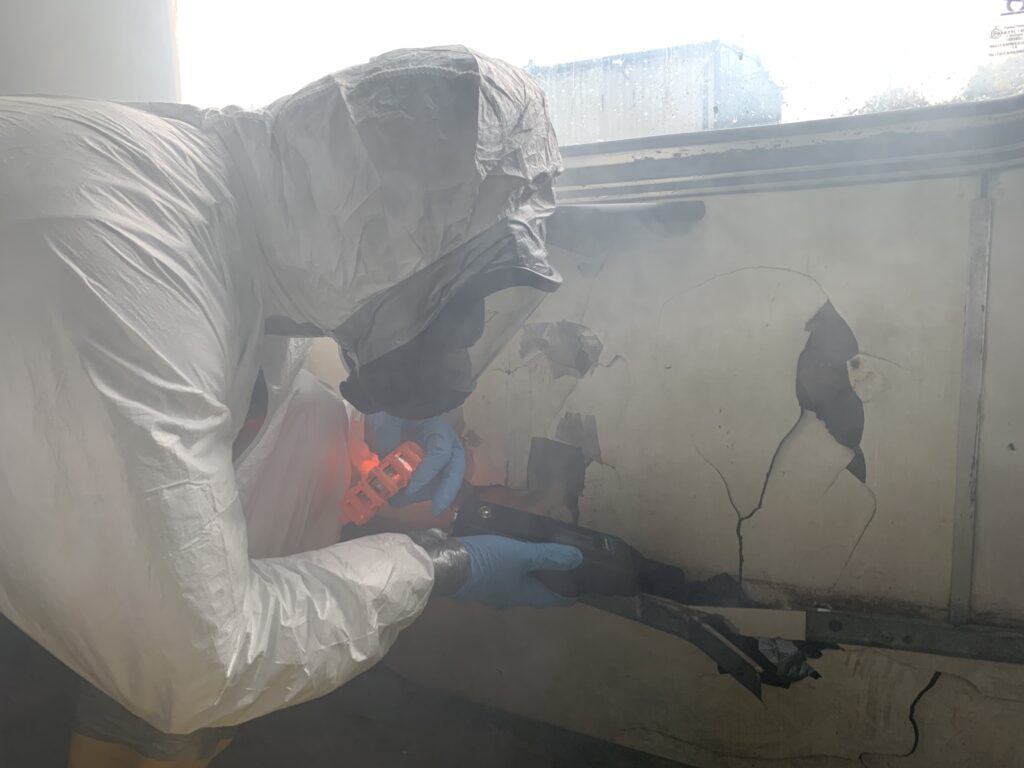
Industry, Equipment, and Exercises
The role that industry can play in overcoming these operational challenges cannot be overstated. Advanced technology and equipment enable state-of-the-art detection, identification, and personal protection, and overall enhances CBRN threat response.
Specialized training programs and technical expertise ensure that the department stays up to date with the latest industry standards and best practices, while collaborating on innovative solutions to improve threat detection, identification, and field analysis of CBRN materials can aid research and development.
The Department for Detection of Hazardous Substances and Environmental Crime is equipped with personal protective equipment across all levels of protection, and has a range of handheld and mobile devices for detecting and identifying chemical, radioactive, and nuclear materials. They do not however have any explosive ordnance disposal equipment as their responsibility is limited to precursor-related matters only.
Police officers from the department regularly participate in training activities such as seminars, workshops, table-top, and field exercises focused on responding to CBRN threats. These have mostly been organized by international agencies such as the International Atomic Energy Agency, EUROPOL, the European Commission, the European Centre for Disease Prevention and Control, and international partners.
CBNW Magazine thanks the Department for Detection of Hazardous Substances and Environmental Crime for assisting in the production of this team profile. If you would like your CBRNE team to be featured in CBNW Magazine, please contact [email protected].


